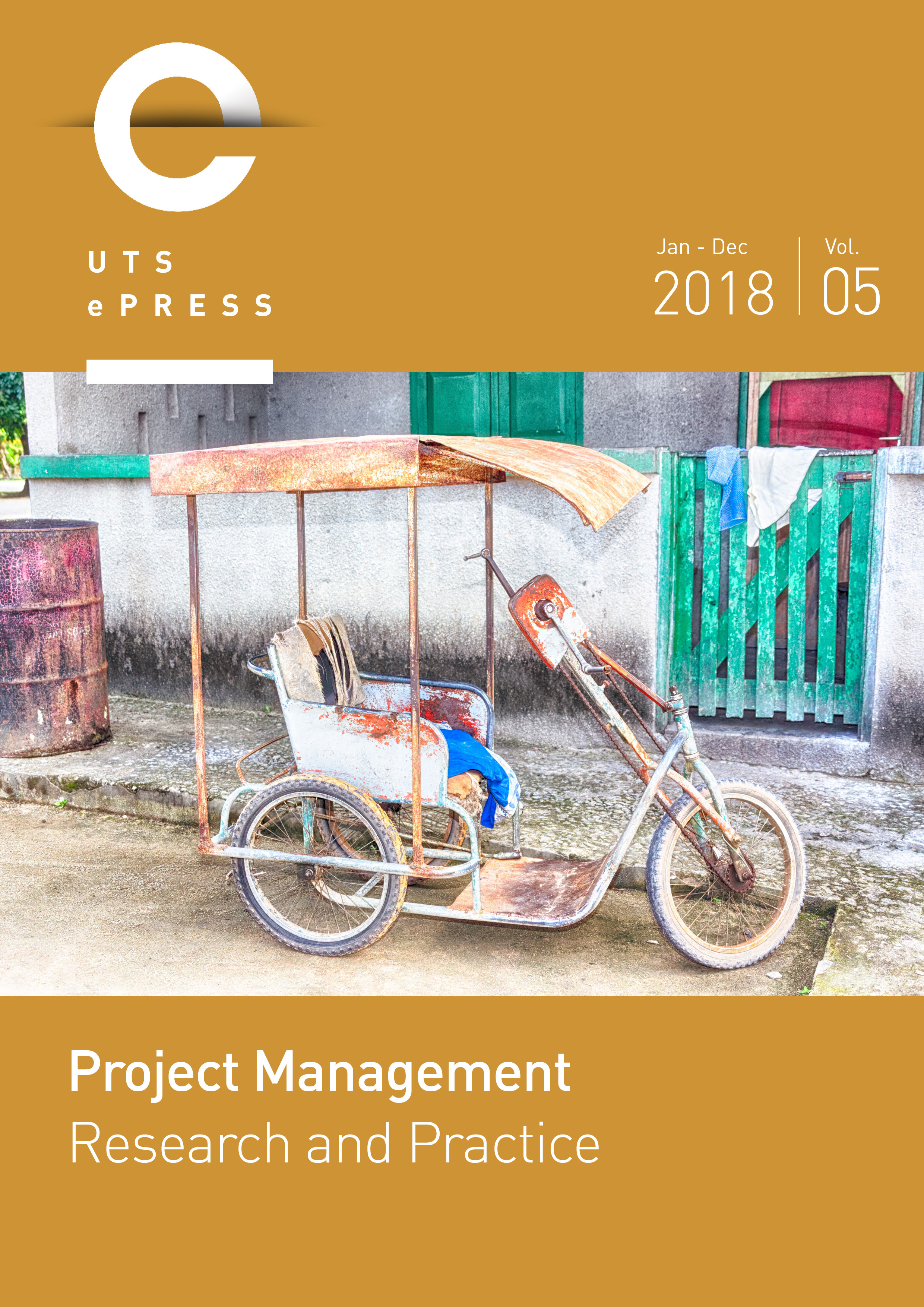Implementation of evidence based practice in a development project on nurse students’ clinical education
Main Article Content
Abstract
Synopsis: The evidence based practice (EBP) movement started at the beginning of 1970s in the field of medicine. The famous definition by Sackett et al. (1997, p. 2) defined evidence-based medicine as ‘the conscientious, explicit and judicious use of current best evidence in making decisions about the care of individual patients’. The idea of EBP was later introduced to other fields of professional practice in health and social care, as well as to the education of health professionals such as nursing education. The project named Knowledge in development (KID) focused on the development of clinical preceptorship in the context of nursing. Clinical preceptors are registered nurses and practical nurses who have the responsibilities of caring for patients and teaching nursing students at the same time. Nursing teachers working in the KID project were enthusiastic to implement the evidence based practice approach in the project work, by using different evidence bases.
Purpose: The purpose of this article is to present how evidence based practices in the project work were implemented and to describe the experiences of the project group members about the implementation of EBP.
Project setting: Two universities of applied sciences, two vocational institutes and four health-care organizations in Western Finland.
Year of project: 2009-2013
Target readers: Primarily project practitioners, project managers and teachers on the health care sector.
Lessons learned: Based on the experiences gained in this project, the use of an evidence based practice approach in planning and implementing a development project in health care clinical and educational settings is recommended.
Competencies highlighted: Information literacy
Related theory: The structure of different evidence bases presented by Rycroft-Malone et al. (2004), including research, clinical experience, patients, clients and carers, and local context and environment.
Article Details
Issue
Section
Authors who publish with this journal agree to the following terms:
a) Authors retain copyright and grant the journal right of first publication with the work simultaneously licensed under a Creative Commons Attribution License that allows others to share and adapt the work with an acknowledgement of the work's authorship and initial publication in this journal.
b) Authors are able to enter into separate, additional contractual arrangements for the non-exclusive distribution of the journal's published version of the work (e.g., post it to an institutional repository or publish it in a book), with an acknowledgement of its initial publication in this journal.
c) Authors are permitted and encouraged to post their work online (e.g., in institutional repositories or on their website) prior to and during the submission process, as it can lead to productive exchanges, as well as earlier and greater citation of published work (See The Open Access Citation Advantage Service). Where authors include such a work in an institutional repository or on their website (ie. a copy of a work which has been published in a UTS ePRESS journal, or a pre-print or post-print version of that work), we request that they include a statement that acknowledges the UTS ePRESS publication including the name of the journal, the volume number and a web-link to the journal item.
d) Authors should be aware that the Creative Commons Attribution (CC-BY) License permits readers to share (copy and redistribute the work in any medium or format) and adapt (remix, transform, and build upon the work) for any purpose, even commercially, provided they also give appropriate credit to the work, provide a link to the license, and indicate if changes were made. They may do these things in any reasonable manner, but not in any way that suggests you or your publisher endorses their use.
